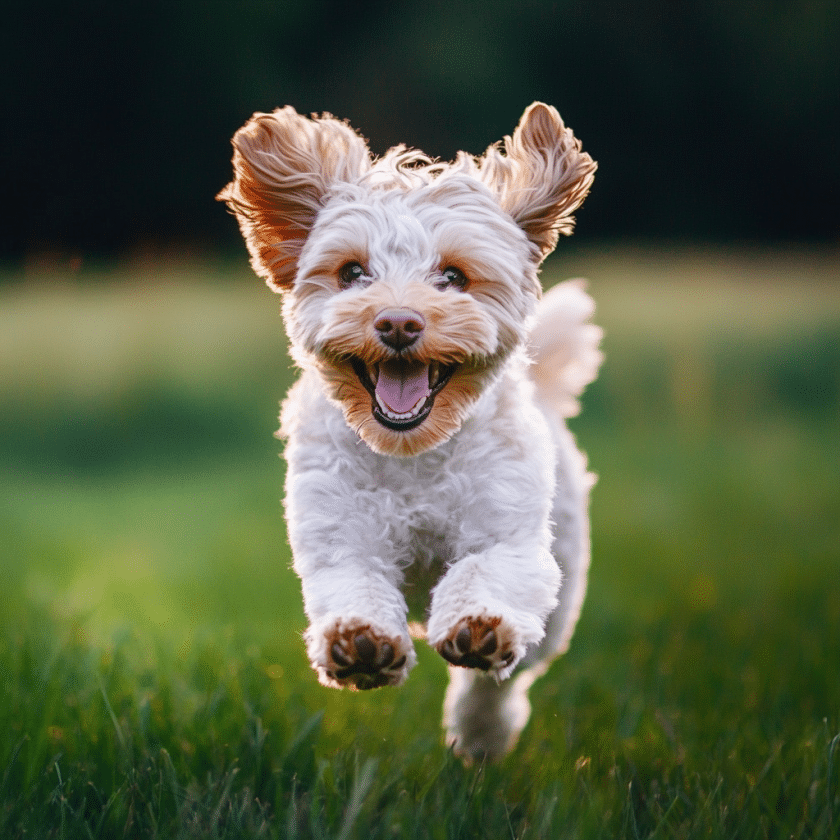
Unlock Your Dog’s Potential: Expert Tips from Alpha Buddy Dog Training
Unlock Your Dog’s Potential: Expert Tips from Alpha Buddy Dog Training
Every dog owner dreams of having a well-behaved, happy, and obedient canine companion. At Alpha Buddy Dog Training, we believe that every dog has the potential to be the perfect buddy with the right guidance and training. Whether you’re dealing with a rambunctious puppy or an older dog with ingrained habits, our expert tips will help you transform your furry friend into a well-mannered member of your family.
Understanding Your Dog’s Behavior
Before diving into training techniques, it’s crucial to understand why dogs behave the way they do. Dogs are pack animals by nature, and they look to their owners for leadership and guidance. Establishing yourself as the “alpha” in the relationship doesn’t mean being domineering; it means providing consistent rules and boundaries.
- Communication is Key: Dogs communicate primarily through body language. Pay attention to your dog’s signals—wagging tails, raised ears, or a lowered head can tell you a lot about their mood and intentions.
- Establish Trust: Building a strong bond based on trust and respect is essential. Positive reinforcement techniques are far more effective than punitive measures.
The Importance of Consistency
Consistency is the cornerstone of effective dog training. Mixed signals can confuse your dog and hinder progress.
- Set Clear Rules: Decide on household rules and make sure all family members enforce them uniformly. If the couch is off-limits, it should always be off-limits.
- Use Consistent Commands: Use the same words and gestures for commands. For example, choose either “down” or “off” for getting off furniture, not both.
Positive Reinforcement Techniques
Positive reinforcement involves rewarding your dog for desired behaviors, making them more likely to repeat those actions.
- Treats and Praise: Use small treats and verbal praise to reward good behavior immediately.
- Clicker Training: A clicker can mark the exact moment your dog performs the desired behavior, making the connection clearer.
Basic Commands Every Dog Should Know
Teaching your dog basic commands not only makes life easier but also ensures their safety.
1. Sit
- How to Teach: Hold a treat close to your dog’s nose, then move your hand upward. This motion will cause their bottom to lower. Once they’re sitting, say “sit,” then reward them.
2. Stay
- How to Teach: Ask your dog to sit, then open your palm facing them and say “stay.” Take a few steps back. If they stay, reward them. Gradually increase the distance over time.
3. Come
- How to Teach: Put a leash on your dog and get down to their level. Gently pull the leash and say “come.” When they approach you, reward them with a treat and affection.
4. Leave It
- How to Teach: Place a treat in both hands. Show one closed fist with the treat inside and say “leave it.” Ignore any attempts to get the treat. Once they stop trying, give them the treat from the other hand.
Socialization: A Crucial Aspect of Training
Well-socialized dogs are less likely to develop behavioral problems.
- Introduce New Experiences: Expose your dog to different environments, people, and other animals.
- Positive Encounters: Ensure that new experiences are positive. Bring treats along to create positive associations.
Addressing Problem Behaviors
Even well-trained dogs can develop bad habits. Address them promptly to prevent escalation.
- Barking: Identify the cause—are they bored, anxious, or alerting you? Use commands like “quiet,” and reward silence.
- Chewing: Provide plenty of chew toys. If you catch them chewing on something inappropriate, redirect them to a toy.
- Jumping Up: Turn away and ignore them when they jump. Reward them when they have all four paws on the ground.
The Role of Exercise and Mental Stimulation
A tired dog is a good dog. Regular exercise and mental challenges can prevent many behavioral issues.
- Daily Walks: Aim for at least one long walk each day.
- Interactive Toys: Puzzle feeders and interactive toys keep their minds sharp.
- Training Sessions: Short, frequent training sessions can be both mentally stimulating and a great way to reinforce commands.
When to Seek Professional Help
Sometimes, professional intervention is necessary, especially for aggressive behaviors or persistent issues.
- Customized Training Plans: At Alpha Buddy Dog Training, we offer personalized training programs tailored to your dog’s specific needs.
- Group Classes: Socialization classes can be a great way for your dog to learn and interact with others.
- Behavioral Consultations: For serious issues, a one-on-one session with a certified trainer can make all the difference.
Tips for Successful Training Sessions
- Keep Sessions Short: Dogs have short attention spans. Limit training to 10-15 minutes.
- End on a Positive Note: Always finish training sessions with a success to keep your dog motivated.
- Be Patient: Progress may be slow, but patience and persistence pay off.
Conclusion
Training your dog is an ongoing process that strengthens the bond between you and your pet. By understanding their behavior, being consistent, and using positive reinforcement, you can unlock your dog’s full potential. Remember, Alpha Buddy Dog Training is here to support you every step of the way. Contact us today to learn more about our training programs and how we can help you and your furry friend achieve harmony and happiness together.

